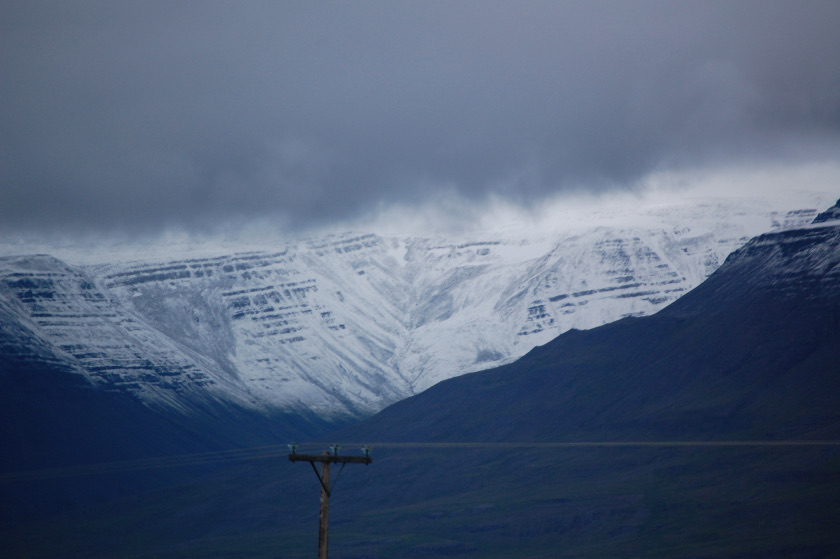Cedar Park: Motherhoodwinked. A PTSD survivor’s tale.

Cedar Park: Motherhoodwinked. A PTSD survivor’s tale.
This is the article I have felt most unprepared to write so far with this project. It’s been prickling my skin these last few days. It makes me feel moody, hence the choice of photograph.
Hoodwinked. To be cheated out of something.
Motherhoodwinked. To be cheated out of motherhood.
The dilemma is as follows: how to be a peaceful loving mother to your children when your mother was toxic, never gave love, abandoned you from a very young age, abused you?
This woman still lives. She lives far from me. I have no physical contact to her – we are disconnected physically.
I dream about her sometimes. I grieve the umbilical mother connection at times, especially on my birthdays at 9am when I remember every year that I was born painfully from within her body. I am grateful to have been born and given life, very sad that my mother didn’t want me. I hear her voice in my head chastising me, telling me I’m not going to be able to achieve something, that I’ll never make it and so on.. I’m not good enough and never will be. Worse is when I hear her voice in my voice, sometimes in harsh punishing words towards my children, which sends me into trigger hell. Occasionally I will perform a mannerism with my hands just like her, which makes me shudder.
If you don’t have a mother, where or how do you learn to be a mother?
We women have natural instincts for mothering thanks to hormones following birth, even if it’s only for the baby’s first few vital hours or days. With any luck the mother will have a God-given caring and loving streak in her nature, hence why she wanted to have a baby in the first place… not because she was raped, bored at home, or it was the right/done thing to do, or because of peer pressure.
I’d love to say that I agree with ‘it takes a village to raise a child’, but I don’t. For a child who is motherless, especially a girl who from as early as aged 4 realises there’s no-one to protect, love and nurture her, that little child can only survive as a result of inner resilience and instinct to survive no matter what. The child has no village. As a result, once abandoned, the young child then using instinct looks to other adults and older children to become the surrogate mother(s), to provide love/protection. This is a dangerous and sometime perilous strategy, but it is an in-built survival strategy. The vulnerable young child then lives a dual existence of being prey to some and being loved by others in almost polar extremes.
Am I making it clear enough how life threatening it is for a child to be rejected, neglected and abused by its mother? If the child survives into adulthood, then their life is still hanging in the balance… having most likely lived a life of abuse and neglect in one way or another, perhaps even considering suicide as a way out on many an occasion. IF the child is lucky enough to find a ‘replacement’ mother (and this can be a man or a woman) who is dedicated to the child wholly and helps the child to process and heal, then there is immense hope.
Remember ‘The Littlest Hobo’ TV series from the 1980s? Remember how sad it was when the nomadic dog left at the end of each episode, once the dog had helped resolve/save whatever disaster or issue was happening? As a young child I couldn’t watch this programme. It used to make me sob. I had to leave the room. Abandonment. People came in and out of my life who cared, saw the tragedy, but sadly for me didn’t fully commit or stick around.
All I ever wanted to be when I was a little girl was a mummy. I loved playing with my doll, Lucy, caring for her, dressing her, pushing her in her little pram, taking her with me everywhere. My mother threw her away whilst I was at boarding school (of course she did).
My husband is loving and supporting me so much that I am able to love and care for our children more from the present than from my past. Pre-EMDR therapy my parenting was getting extreme and out of control. As soon as our eldest daughter reached 4 years old everything became a trigger for my abuse (sexual and non-sexual) from my parents and others. I became a nightmare. I couldn’t let the children be naked in front of each other or my husband. Bath-time became a nightmare. My poor husband wasn’t even able to cuddle or carry our children without me being massively triggered and freaking out. Thus the EMDR. I can see the difference between their world growing up and mine now!
I am over-protective and play out dangerous and scary scenarios in my head out of fear of history repeating itself, but I have a logical early warning system now to work with these extreme emotions. ‘My inner mother adult’ can talk to ‘my inner scared little child’ and provide sense, reality, and reassurance. These are the symptoms of CPTSD (Complex Post Traumatic Stress Disorder) for which I receive ongoing therapy.
Unconsciously, I find myself resentful of my children taking for granted their lovely home and toys, the efforts my husband and I go to to make sure that they get to go to all the clubs they enjoy, see their friends, have lovely birthdays, experience the theatre, travel. They are not demanding or spoilt, this level of parenthood has been constant in the few years they have been on this earth-bound plane and they are happy go lucky sweet little things. They shouldn’t be made to feel guilty for their happy safe life so I suck it up and try to swallow my fleeting ugly jealousy.
I love the idea of having a mother. If you asked me now if I actually wanted a mother, I’d say ‘fuck no’. I’ve survived for too long on my own.
What I want to be is the best mother to our children. I want our children to grow up with unconditional love, trust, nurture. I will only know if I have succeeded if they want to truly and with heartfelt honesty keep me in their lives once they have flown the nest, hopefully with all the tools they need to stay safe, be what and who they want to be in this world and to do good and be wonderful guiding lights in this dark world.
Cedar Park: Motherhoodwinked. A PTSD survivor’s tale. (c) 2019 Laura Devlin


